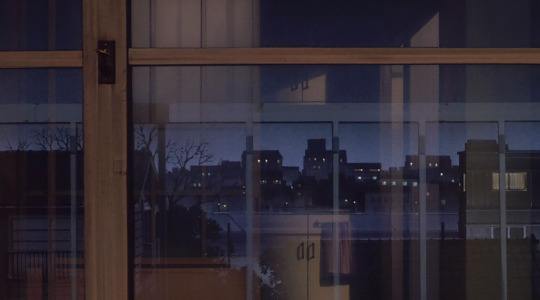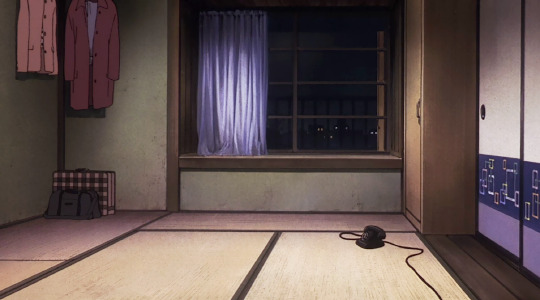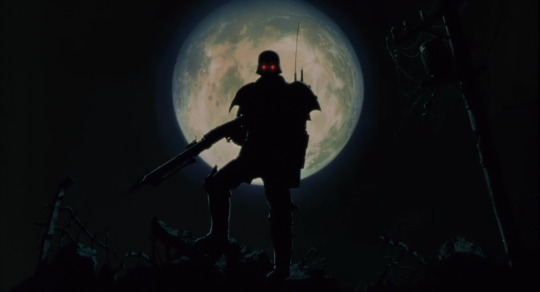#jin-roh
Text

JIN-ROH
211 notes
·
View notes
Text

#Jin-Roh#人狼#Jin-Roh The Wolf Brigade#Kerberos Panzer Cop#Hellhounds Legend#Hellhounds Panzer Cops#Hellhounds#style#design#cosplayer#anime#manga#Mamoru Oshii#Hiroyuki Okiura#@ki_no_ko_yama
71 notes
·
View notes
Photo



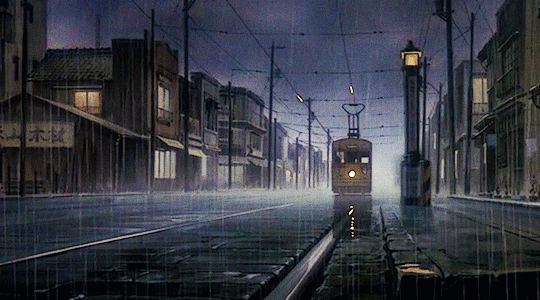

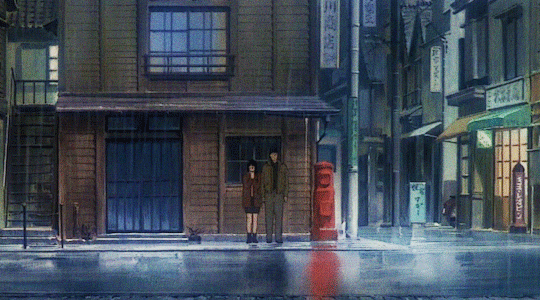
JIN-ROH: THE WOLF BRIGADE 人狼
(1999, Mamoru Oshii)
#jin-roh: the wolf brigade#jin-roh#filmedit#filmgifs#fyeahmovies#dailyflicks#oldanimeedit#worldcinemaedit#dailyanimatedgifs#animationsdaily#junkfooddaily#retro anime#long post#my edit#queue me a river
1K notes
·
View notes
Text

Sketch from that one movie about the dog, that red ball and some weird mimes
#kerberos saga#kerberos panzer cops#mamoru oshii#stray dog#stray dog kerberos panzer cops#jin-roh#jin roh#art#my art#fanart
25 notes
·
View notes
Text

Jin-Roh (1999) Hiroyuki Okiura.
13 notes
·
View notes
Text

人狼 JIN-ROH
#人狼 jin-roh#jin-roh#jin-rou#人狼#jin roh: the wolf brigade#anime#anime gifs#animation#animation gifs#90s anime#hiroyuki okiura#mamoru oshii#retro anime#my gifs
30 notes
·
View notes
Text

Jin-Roh: The Wolf Brigade
I think that I've never been so mistaken about something before. I've always seen pictures and gifs on Jin-Roh on the internet, they looked cool, violent and somehow futuristic. Man, I was wrong. This is a much more personal and emotional ride than whatever I was expecting.
The movie at least starts showing what it is: a post second world war Japan, rebuilding itself and trying to deal with the civil unrest of the country. There's violence, yes, but it's not the focus or big part of the run time.

The movie spends quite some time with who, at first, I thought was the protagonist, for her to die quite brutally. Only then we meet Fuse, the main character. I think I can say this as a compliment when he remembered me of Guts at times, from Berserk, my favorite manga.
His journey through guilt, grief, lack of identity... It was quite brutal. I think this also parallels well the japanese society of that time. Destroyed by the war, a new government, their own identity as a people shaken. And, even then, they became so economically strong, as Fuse was strong with his killing.

Having his best friend be the main antagonist, and it only showing at the last parts of the movie, was really good! Again, another thing that made me think of Berserk. Having both Fuse and Kei play each other without knowing was a surprise to me! I didn't expect the bitter ending, but I think it matched well with the mood of the movie.

I really enjoyed Jin-Roh, although I'm kinda glad it took me this long to watch it. Knowing a bit more about Japan's history and also having dealth with a identity crisis made me appreciate this movie more. It's a really good slow burn!
12 notes
·
View notes
Text

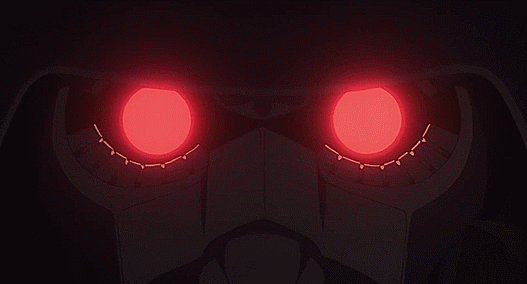
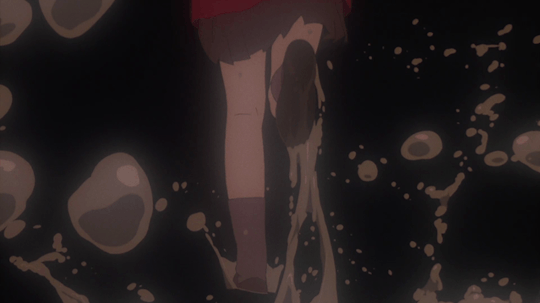
And the little girl spoke "Grandma...what big RED eyes you have."
#jin roh: the wolf brigade#Jin-Roh#Anime#90s kid#cyberpunk#science fiction#sci fi#dystopian#dystopia#classic anime#retro anime#vintage anime#animation
101 notes
·
View notes
Text
kerberos final comments
ok, i think this is the end of the latest week where i take a semi-deep dive into a semi-obscure film series from the 80s-90s. after all’s said and done, then... what the hell was going on with this thing? does it manage to justify, you know... that?
So. About the Nazi thing.
If we start with the manga, Kerberos is a essentially similar concept to Ghost in the Shell (which is ofc in Japanese 攻殻機動隊 Kōkaku Kidōtai, “Mobile Armored Riot Police”) or Patlabor. It’s about a heavily armed, ethically dubious near-future paramilitary police force, the sort of people you’d find in such an organisation, and the political context that created it. Compared to GitS, its characters are much less vividly defined, but like GitS, it largely reacts to the world through the lens of Kerberos, and to a certain extent their rivals Public Security. Plotlines in Kerberos concern the individual lives of Kerberos soldiers, or the machinations of their leaders trying to expand the organisation and squabbling over territory with the normal police. It’s full of dog metaphors
Incidentally, if you’ve seen Jin-Roh, you’ve seen a better version of the first three storylines in the manga. The fourth one concerns radicals hijacking a plane, drawing on the actions of radical groups in the 70s. The leader of the the radicals takes more of a centre stage, although his motivations are kinda opaque at the end of the day; he seems like a prototype of the villain Yukihito Tsuge in Patlabor 2, at least in terms of affect, but he dies before his hijacking can get very far.
All of that on the face of it sounds reasonably interesting! The art of the manga is very nice in an Otomo-inspired sort of way, and while none of the characters are especially sympathetic, it’s a convincing window into an interesting historical pastiche.
But the first thing you’d ever notice about Kerberos is that they dress like this:

...big scary Nazis with glowing red eyes. That’s the iconic image of the series, and just about every work makes sure to have some scenes of a guy dressed like that machine gunning some poor unarmored sods, to greater or lesser dramatic effect depending on whether or not you’re Hiroyuki Okiura.
So my biggest question going into Kerberos is like, why do they dress up like weird Nazi space marine cosplayers?
Diegetically, it’s because Japan lost WWII to the Nazis, who used a nuke. Most Kerberos media that I’ve encountered doesn’t especially seem to bother spelling that out, but Jin-Roh - easily the most artistically accomplished of any Kerberos media, sorry Oshii - goes far enough to illustrate it with historical-photo styled still images of Nazi soldiers marching up the streets of Japan:

In Jin-Roh, at least, Kerberos are clearly continuous with this occupation, with an almost identical shot of Kerberos soldiers marching shortly after:

How did Japan end up in a war with Germany, a country that notably does not border the Pacific, and how the hell did they end up losing so badly as to be occupied when Germany lost the war hard even with Japan’s help in reality? (Who indeed fought the war besides Japan and Germany?) But none of the Kerberos media I’ve read have tried to address this wider geopolitical situation; the role of replacing the Americans with the Nazis seems to be to just slap a lot of WWII-era German aesthetics in a rather superficial way: replace an airline with Lufthansa here, or have the slogans of the protestors mention Lebensraum or Weimar there.
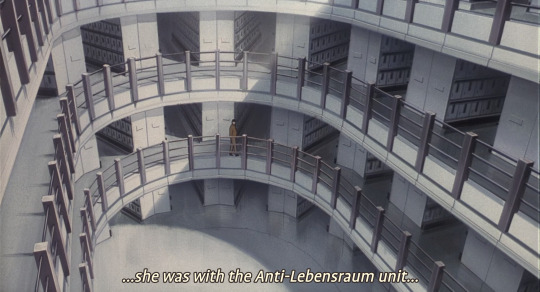
‘Nothing would have been much different if the Nazis occupied Japan instead of the Americans’ is a statement that would have a lot to unpack (an anti-American statement? discomfort over being allied with the Nazis?), but I’m not sure it’s really what Kerberos is going for. If you look at otaku-oriented media from this period, you do notice a current of Nazi military equipment obsession (which hasn’t exactly gone away, indeed acquiring increasingly esoteric iterations) coming from the ‘military otaku’ side of the subculture.
For example, in Gainax’s FLCL, there’s an episode where Naota’s father Kamon is dressed in a Nazi uniform for a paintball episode (the same one which has parodies of Western animation like South Park), complete with swastika:
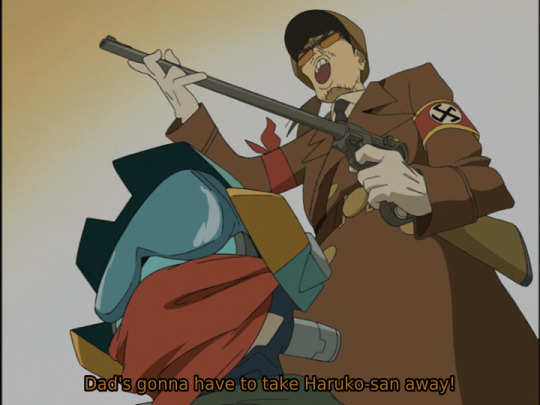
Likewise, Oshii’s adaptation of Urusei Yatsura also has a few recurring bits with Nazi imagery, generally played for jokes. For example, in the second movie Beautiful Dreamer characters dress up a café with a WWII theme with a bunch of Nazi symbols, which is discussed well by Hazel in her video on Vladlove (around 11:40 if the timecode doesn’t work)...
youtube
So there’s definitely a sense that in the subculture at this time, Nazi imagery doesn’t have the ‘definitely an edgelord, almost certainly an actual fascist’ connotation that it does over here. In Western media meanwhile, Nazis are generally used as the ultimate villains over whom we were victorious, suitable for when you portray some morally uncomplicated violence. So putting in these scary Nazi suits as your main characters feels like a really dramatic statement to me, but it may not have been for Oshii.
Nevertheless, let’s see where we go with it. My general approach to the Kerberos films has been to assume that Kerberos members are by default unsympathetic, it’s drilling into the fucked up depths of fash ideology, and Kerberos certainly admits that reading. A lot of the Kerberos manga concerns the organisation’s overly violent methods and eagerness to accumulate arms causing escalations and needless deaths left right and centre.
Jin-Roh especially shows Kerberos’s conspiratorial ‘Wolf Brigade’ carrying out a ruthless purge of their enemies to preserve their organisation, and then performing a completely fucked loyalty test by demanding that Fuse murder his girlfriend to prove his dedication to being a ‘wolf’. In contrast to the stylised theatric approach of Oshii’s violence, Jin-Roh’s scenes of bodies being cut down by machine guns are about as sickening and hyperreal as animation can make them - they are honestly far nastier than they would be in live action.
In Jin-Roh, the Metropolitan Police come off every bit as fanatical as they describe their enemies. The revolutionaries aren’t necessarily cast in a particularly positive light, with Kei as the main member of the Sect to get extensive screen time - and she finds herself thoroughly disillusioned with being a bomb courier as she gets drawn into the machinations of Kerberos and Public Security. But, even with the playing around the ‘who is the wolf’ concept, by the end we see Okiura’s take on Oshii’s endless dog metaphors is that committing to Kerberos is to decide to assume the role of the rapacious wolf of Red Riding Hood, who would shoot anyone to preserve the unit.
But what about Oshii’s manga? I talked about how Oshii was of the Anpo generation, and certainly the Anpo demonstrations - and the various desperate terrorist actions of the New Left that came after - sit barely under the surface. However, the point of view it’s interested in seems to be much more the lower ranking members of Kerberos. Like dogs - good god is this man obsessed with dogs lmao - the Kerberos guys are blindly loyal, have little other place in society, and are unceremoniously disposed of every so often. The main characters of the films feature here and there - notably Bunmei is the one scheming against Kerberos here, recognisably modeled after his depiction in The Red Spectacles, and Midori gets to stop the plane hijacking - but it’s as likely to focus on a low-ranking soldier (the first Inui, model for Fuse) or a helicopter pilot. There is not, by and large, a lot of internal conflict for any of the characters.
Tachiguishi Retsuden, although it seems a different alternate history again, gives another piece of the puzzle. (Unfortunately the only subtitles I can find for this movie are badly translated from the Chinese subs, which makes it a little hard to follow.) The stand-up noodle bars are associated not just with crime but with stray dogs, who were poisoned in large numbers as a health control measure; this image is also shown in the Urusei Yatsura episode that invented the ‘tachiguishi’ freeloader concept, where we see a dog and a cat fighting outside. Oshii clearly sees something tragic in the extermination of these dogs who had no place in the more modern society, and seems to find this a suitable metaphor for his fascist paramilitary.
To me, the idea that the Kerberos were heroic in suppressing the crime and protests seemed like an obvious propagandistic fantasy, and given the choice I’m obviously gonna sympathise more with the leftist rebels rather than the Nazi-backed state in this conflict, even if the situation has decayed as civil wars do into a point where both sides are more concerned with self-preservation and ruling their turf than winning. Painting the state in Nazi colours then seems like a way of saying, don’t take this guys very sympathetically, and it’s definitely a convincing depiction of a bureaucratic state mired in infighting (no doubt because it’s drawing heavily from history).
But... I’m not entirely sure this is the angle Oshii is taking on it.
In StrayDog, lost puppy Inui searches Taiwan for daddy Kōichi to tell him what to do, with the help of a girl Tang Mie who kind of adopts these two exiles as they do their homoerotic bonding thing. They spend a long time wandering around Taiwan to slow music (it’s a very Oshii film), having muted conversations about Inui’s need to find a master to tell him what to do. Once the pair find Kōichi, although Inui is angry with Kōichi for abandoning Kerberos, they settle down and seem to be kind of happy just being some kind of lobster-fishing polycule. Inui here can’t be the same Inui as in the manga (since that Inui died), but he’s basically the same concept, a boy who is helpless without someone telling him what to do [there’s not exactly a consistent Kerberos continuity so much as variations on the same ideas].
Public Security are on the trail though, and Inui - loyal to Kōichi despite the fact that Kōichi is plainly not worth any sort of loyalty - overpowers him in order to carry out a power-armoured suicide by cop and give Kōichi a chance to escape (which we know that he uses to go to Japan and promptly get shot). If the action scenes in The Red Spectacles were weird disconnected montages that felt extremely theatrical, the action scene here, which sees Inui advancing through a building cutting down identically trenchcoated and facepainted men who run blindly towards him, feels mostly like a video game. In the end, Inui wins the battle but dies from it.
(Which means on the one hand, highly stylised and abstracted live action violence, and on the other, hyperrealistic animated violence with plausible military tactics and genuinely horrible depictions of gun death. Going in opposite directions from different starting points... I’d say they end up in a similar place, but tbh Jin-Roh, as in most things, is way more impactful.)
Anyway, StrayDog seems to have more of an “isn’t this sad” sort of flavour. The dog metaphor for Oshii in the manga is stated most explicitly in a scene shared with Jin-Roh, where Bunmei discusses disposing of the ‘Special Brigade’ in order to integrate Kerberos with the regular police. The dialogue in both versions is a speech full of dog metaphors, but in the manga, the scene is further introduced with a dead Kerberos member and a stray dog passing by. This metaphor then becomes central to StrayDog.
The manga’s Inui, like Fuse in Jin-Roh, hesitates before shooting and almost dies, but here the person he hesitates to shoot is not a bomb courier who’s prepared to take them both down, but a civilian who is trying to help one of the revolutionaries, who levels a gun at Inui. Inui’s story here is about failure to integrate into the Kerberos unit, who aren’t willing to accept this particular ‘stray dog’ despite there being no other place for him. Inui tries to prove himself with dramatic and reckless violence, gets rejected for refusing orders, and then on his way home, gets killed in a reprise of the first situation - oh this poor boy it’s so sad.
In Jin-Roh by contrast, Fuse’s hesitance to shoot is the first move in a whole character arc - at first it seems like his remaining humanity which he eventually abandons, but we are left with some ambiguity whether his original hesitance was genuine, and happened to pay off in the Wolf Brigade’s favour, or part of a very complicated ploy. (Despite being the central character, and even seeing his dream at one point, we’re given a lot of room to interpret Fuse, and the ‘why didn’t you shoot’ question is pointedly never answered.)
Anyway, so, my conclusion about all the Nazi imagery in Kerberos is... honestly I think Oshii just thought it’s cool? As we see in VladLove, he loves to just namedrop historical trivia. I’m not sure he even considers it as fraught as I do. Which isn’t fun but I feel like any other reading is unparsimonious at this point.
What is surprising is that Okiura managed to take what Oshii was putting down and make something genuinely compelling. Jin-Roh a real proof of the power of his realist style and ability to suggest character with subtle acting. Its realist animation becomes hyperreal, the abstraction of cel shading underlining how much is ‘right’ in how the drawing moves, and it works for what’s primarily a spy movie.
At the same time... Okiura did a way better job than Oshii ever did of making those scary Nazi suits seem powerful. Kerberos here are kind of the idealised supercop Judge Dredd types - I was reminded of the Dredd movie from a few years ago where Dredd unstoppably advances through a building, killing everyone in his way. Though maybe Robocop would be a more contemporary comparison.
It works for the movie, in that Fuse’s choice to side with Kerberos and use the armour to massacre the Public Safety agents moving to apprehend him is properly sickening. It becomes kind of like a horror movie at this point, with desperate attempts to stop him with grenades bouncing off the armour.
So I guess we’ve gotten back to the old question of the different ways of portraying violence in film, what a fascist film looks like etc. I don’t want to relitigate that one, although I think Okiura’s angle is appropriate - even if it is fetishistic? One Youtube commenter on the video essay I linked back on AniNight wrote:
Jin Roh is a movie about semi-realistic bullets physics. The creators be like: Guy 1: 'Hey, you know what's cool? Seeing dolls gets rag-dolled by flying bullets.'
and he’s kinda right lol, that is sorta what the movie is about. But it remains a very effective image, much like the gunfights and realistic educations in Dahufa.
All in all, I guess the result of this deep dive is basically the existing consensus: The Red Spectacles is worth digging up as a deeply weird surreal film; I wouldn’t bother with StrayDog, the manga’s OK but Jin-Roh is imo the only one that manages to justify what it’s trading in here.
And as far as all these Nazi images goes, the aspect of the Nazis we’re focusing on in any of these films is much more ‘fearsome invading and occupying power’ than ‘perpetrators of the Holocaust’. If Nazi ideology has influenced the reconstructed Japanese state in the world of Kerberos, the series never bothers to illustrate how. Despite everything... it really doesn’t seem to actually be about the Nazis on a level beyond the superficial. The conflict in Jin-Roh/the manga is basically a heightened version of Anpo, or like... any 20th-century anticolonial movement really. In the first two movies... idk, throwing darts at a board, the Meiji restoration doing away with the samurai lol?
Meanwhile Tachiguishi-Retsuden is kind of... ah, I know some of ya had fun with it, but honestly I found it dragged really badly. The janked out subs were a large part of that and I think a decent fansub could do it a lot of good, but I kind of felt like most of the gags went on too long to really work, even with the ‘spot the well known illustrator/anime director’ game it’s playing with the casting. Though maybe being tired after a long evening of films underlies that reaction, I need to learn my lesson about three-movie film nights. The animation style was interesting as an experiment at least.
And that’s quite enough of that, I think I’m satisfied. Though at some point as far as ‘fash aesthetics in anime’ go, I still haven’t gotten around to ripping Youjo Senki a new one. Expect that... sometime. It’s an exhausting anime to think about though so who knows when.
20 notes
·
View notes
Photo

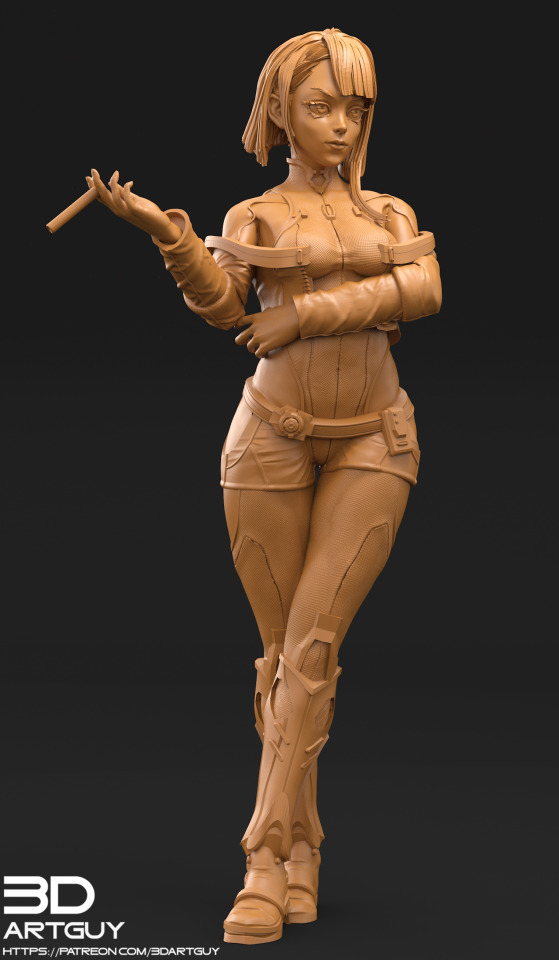
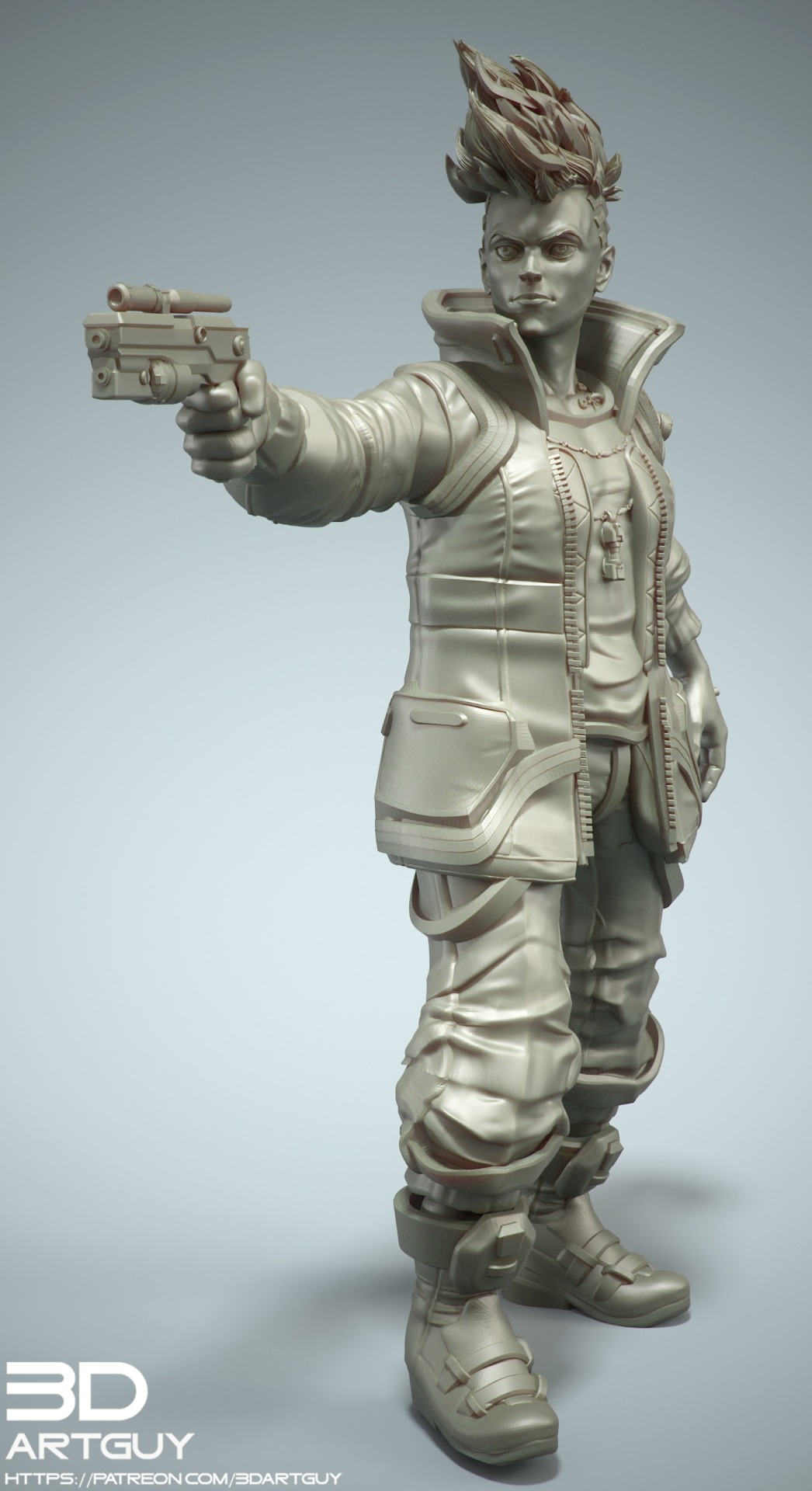

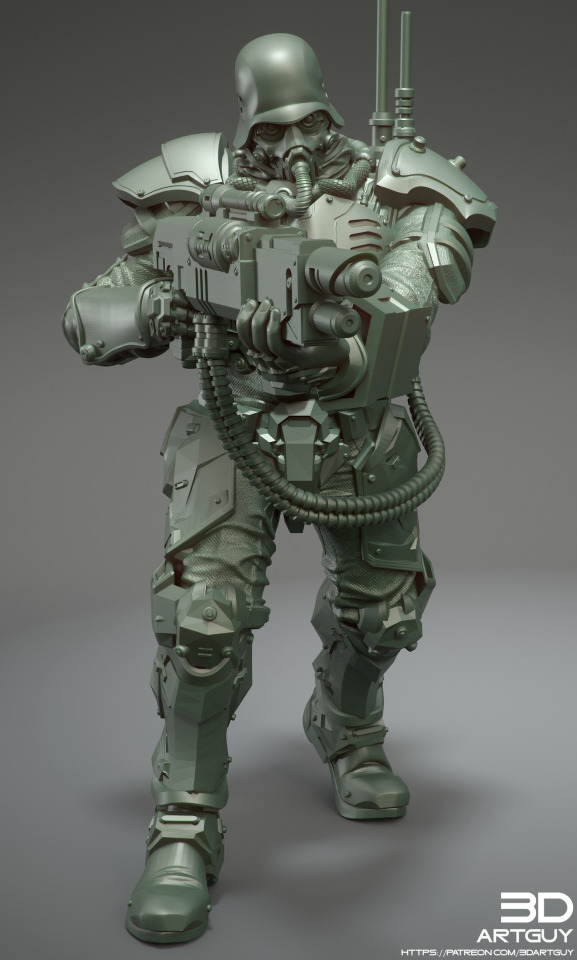



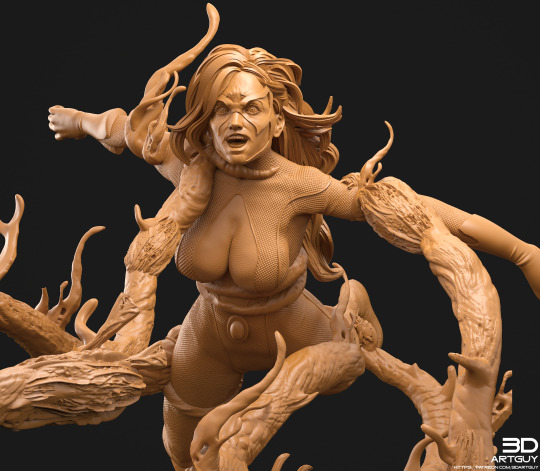
Sci Fi Month! Cyberpunk characters, Wolf Pack Soldiers and Hungry Alien!
11 notes
·
View notes
Text


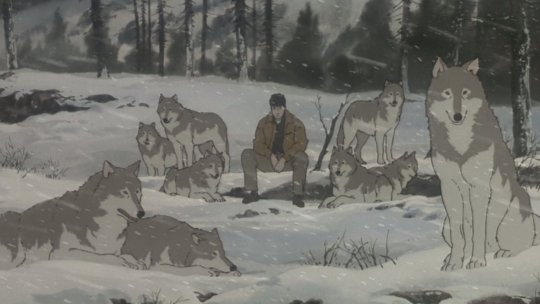
Jin-Roh is a very silent romance drama that speaks of the inevitability in a living war machine. A soldier that's allowed a fleeting chance of humanity before knowing his place. This film kinda hurt, especially near the end when everything came together. It emotionally sinks into you like tungsten fangs and I definitely see it's iconography.
34 notes
·
View notes
